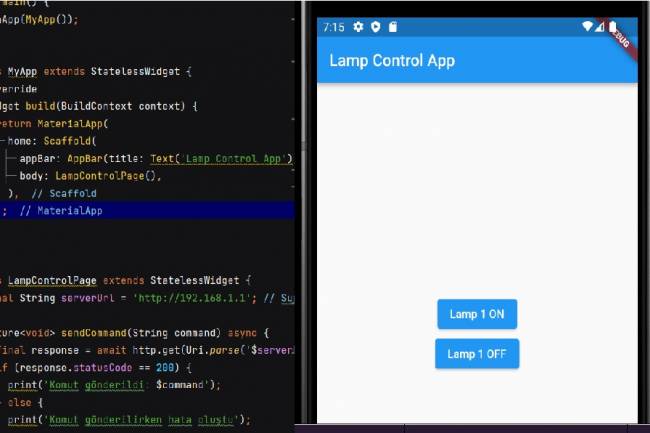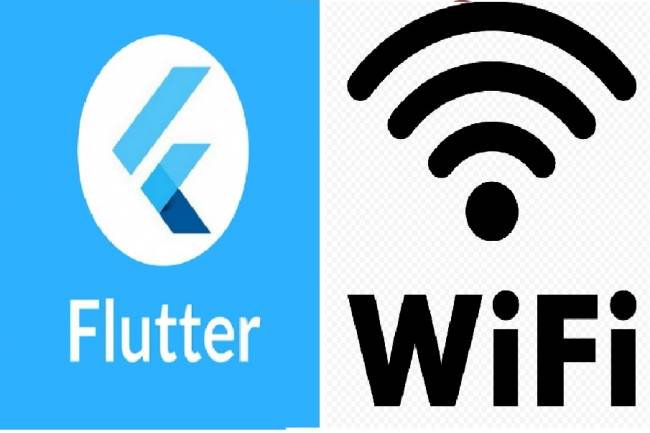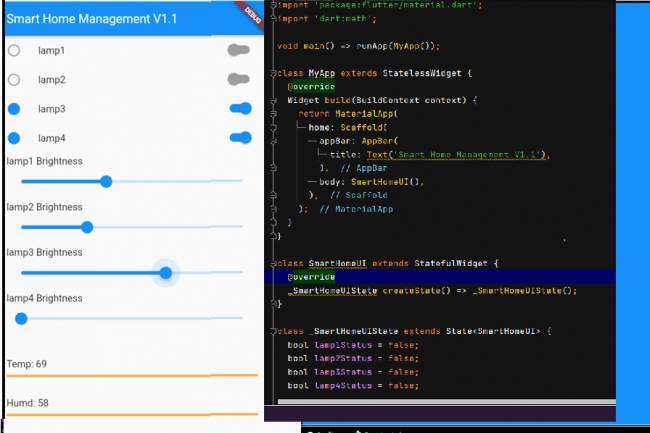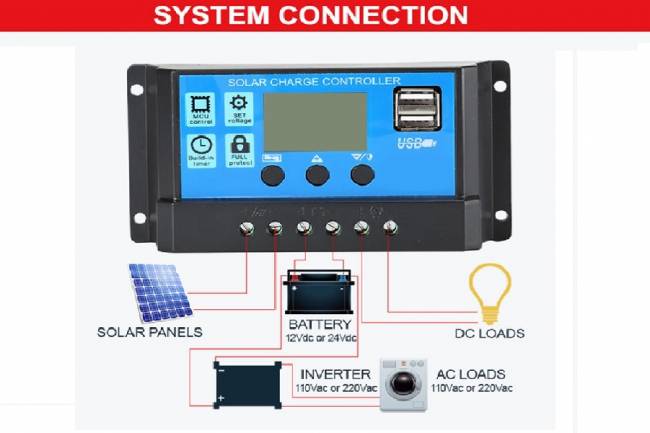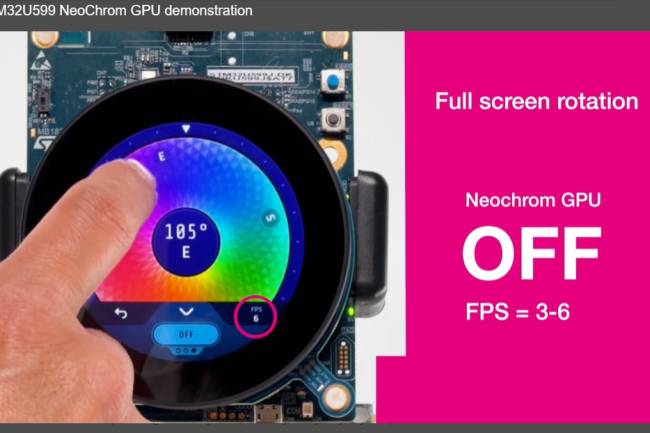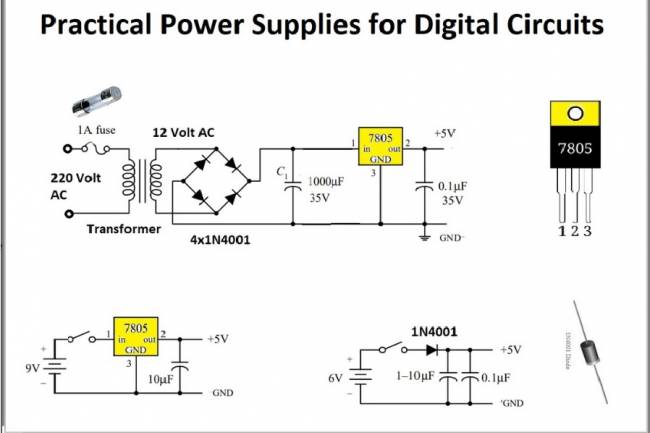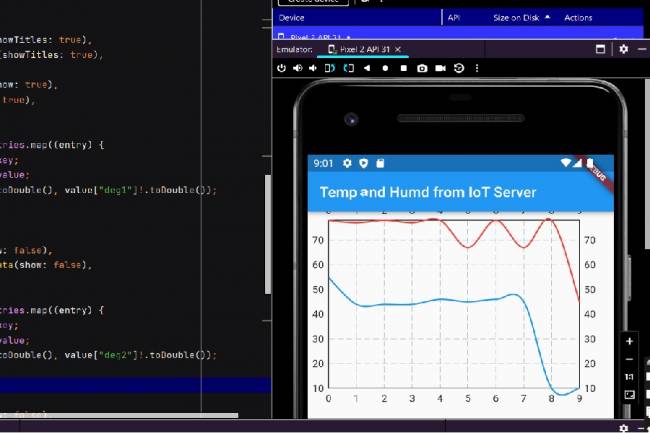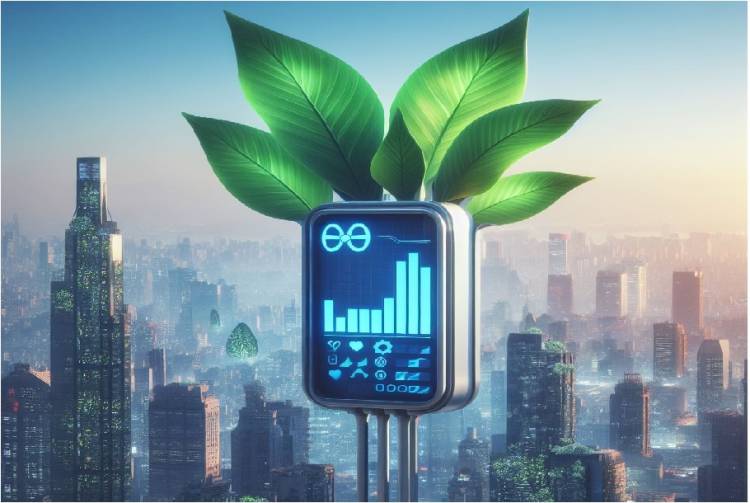
Designing an Air Quality Measurement System 1 – Basic definitions of Air Quality
We want to design a measurement system that can be monitored digitally. The name of this system: Air Quality Measurement System. Our system will include a microcontroller, the sensor required for measurement, a Bluetooth module and an example of the Flutter application that visualizes the data from this sensor.
First, let's look at the basic definitions of air quality.
Air Quality Parameters:
1. PM2.5 and PM10 (Particulate Matter 2.5 and 10 Microns): PM2.5 represents fine particulate matter in the air with a diameter of up to 2.5 microns, while PM10 refers to particles with a diameter of up to 10 microns. These particulate matter usually include dust, smoke, pollen and chemicals and can be inhaled. It is an important criterion for air quality.
2. Carbon Monoxide (CO): Carbon monoxide is a colorless and odorless gas produced during combustion processes. It can be toxic and harm human health.
3. Nitrogen Dioxide (NO2): Nitrogen dioxide originates from the exhaust gases of motor vehicles and can be inhaled through the air. It may contribute to respiratory diseases.
4. Ozone (O3): Ozone is a gas that, while beneficial in the upper atmosphere, creates air pollution at levels close to the ground. It may damage the respiratory tract.
5. Sulfur Dioxide (SO2): Sulfur dioxide is produced during the combustion of fossil fuels and can cause respiratory diseases.
How to Measure?
Air quality measurement uses different methods for different parameters:
1. Particulate Matter Measurement (PM2.5 and PM10): Air quality monitoring stations are used to measure particulate matter. These stations measure the size and density of particulate matter in the air. They calculate particulate matter concentrations using special filters and sensors.
2. Carbon Monoxide (CO) Measurement: Sensors and analyzers are used to measure carbon monoxide. Sensors can use chemical reactions to determine the concentration of CO gas.
3. Nitrogen Dioxide (NO2) Measurement: NO2 gas is measured by methods such as chemical reactions and absorption spectrometry. These methods utilize specific chemical reactions to detect NO2 concentrations.
4. Ozone (O3) Measurement: Ozone is measured using devices such as ozone analyzers or UV emission spectrometers. These devices determine the concentration by measuring the emission or absorption properties of ozone.
5. Sulfur Dioxide (SO2) Measurement: SO2 is measured by methods such as chemical reactions and absorption spectrometry. These methods utilize specific chemical reactions to detect SO2 concentrations.
Air quality monitoring stations regularly collect and monitor air quality data using these methods. These data are used to inform the public about air pollution, monitor air quality standards, and determine environmental policies.
Designing an Air Quality Measurement System 2- MQ-135 Gas Sensor Review



